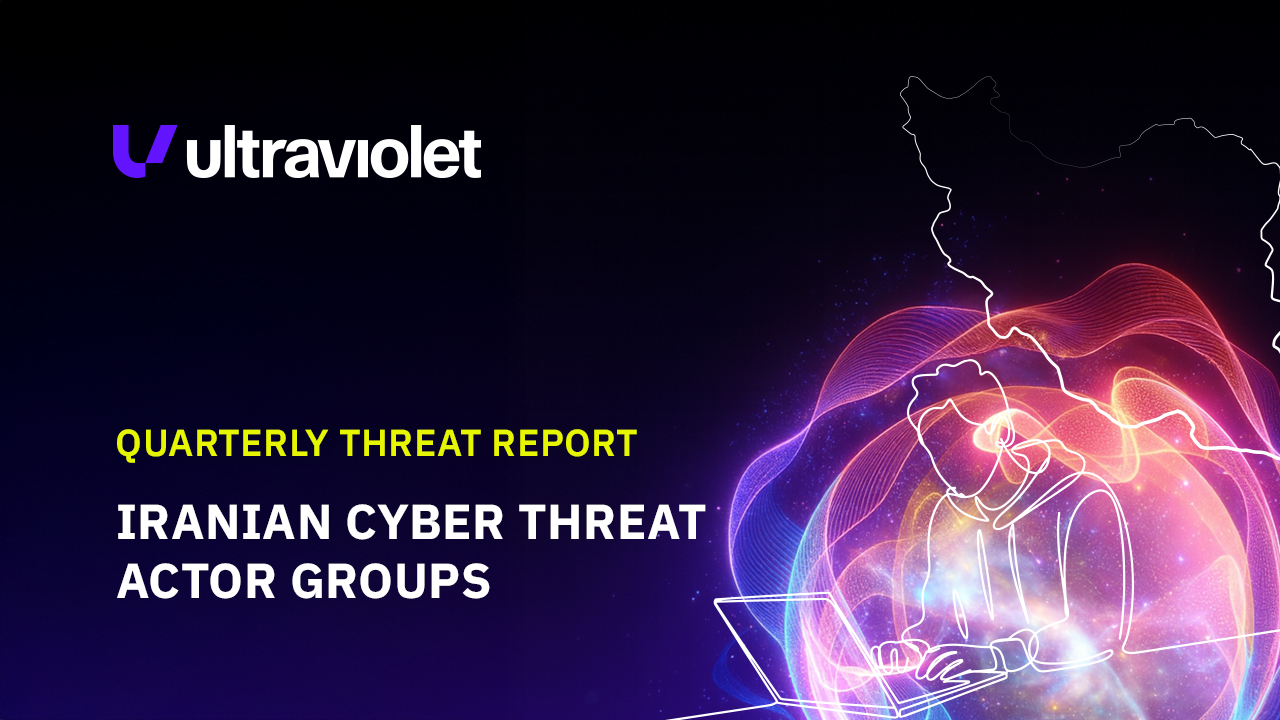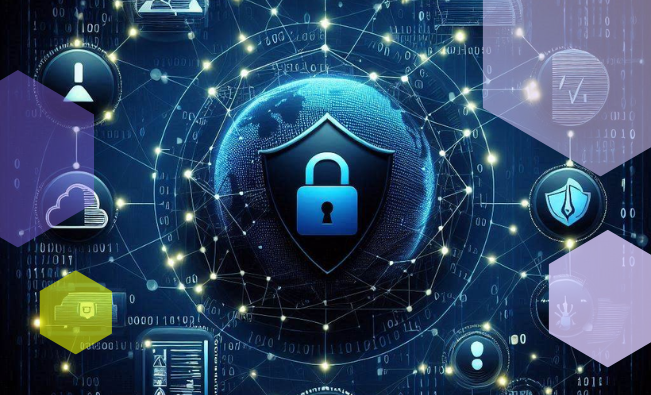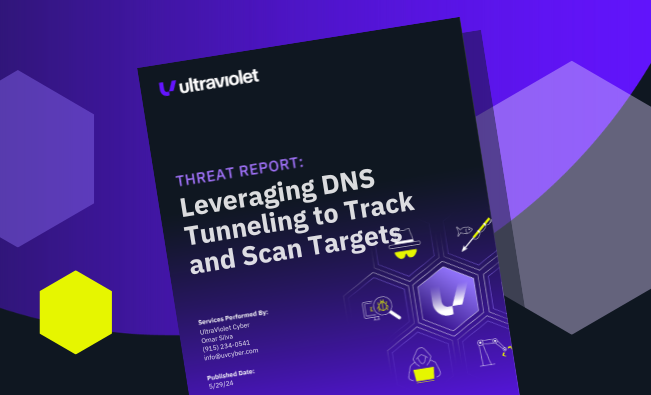
Leveraging DNS tunneling to Track and Scan Targets
In a constantly evolving digital landscape, adversaries are continuously devising new tactics and techniques to bypass security measures and compromise victim networks. A known documented method threat actors have been observed leveraging is...
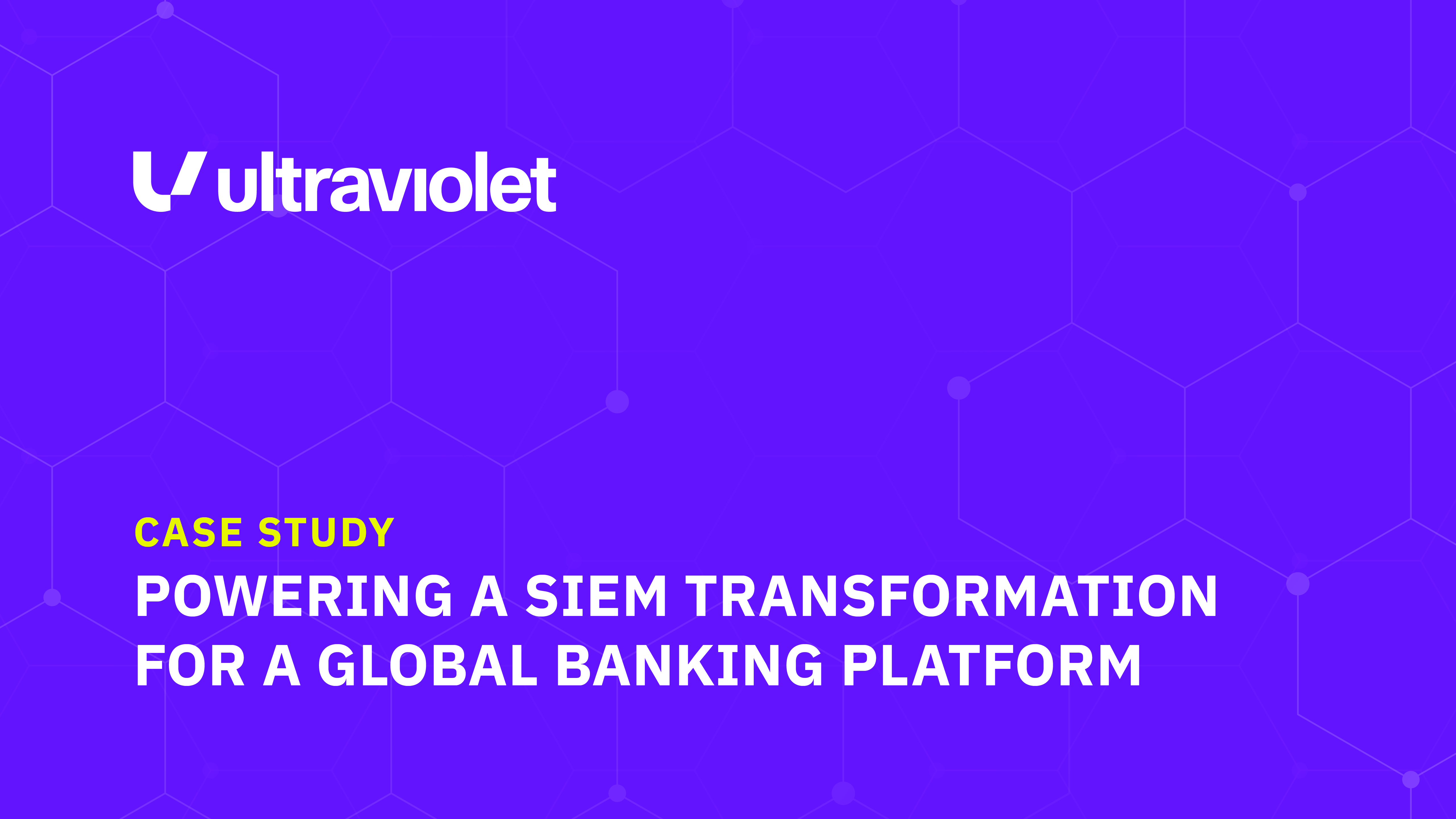 High-Scale SIEM Migration across 70TB/day and 4,000 detections
High-Scale SIEM Migration across 70TB/day and 4,000 detections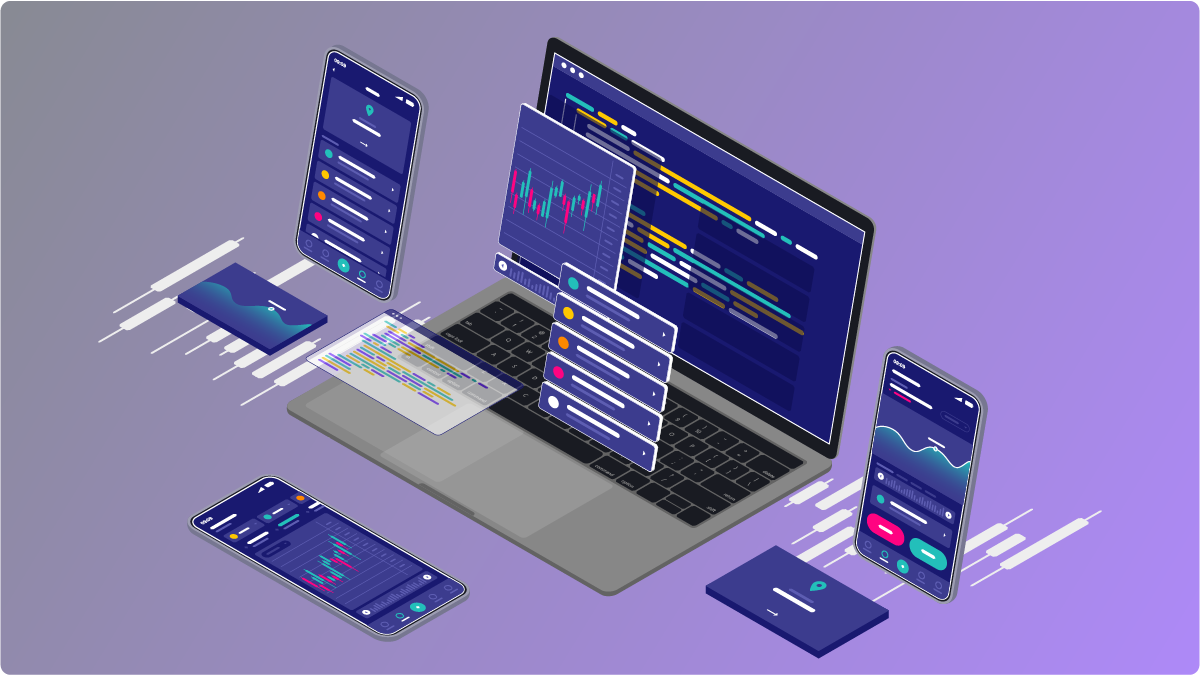
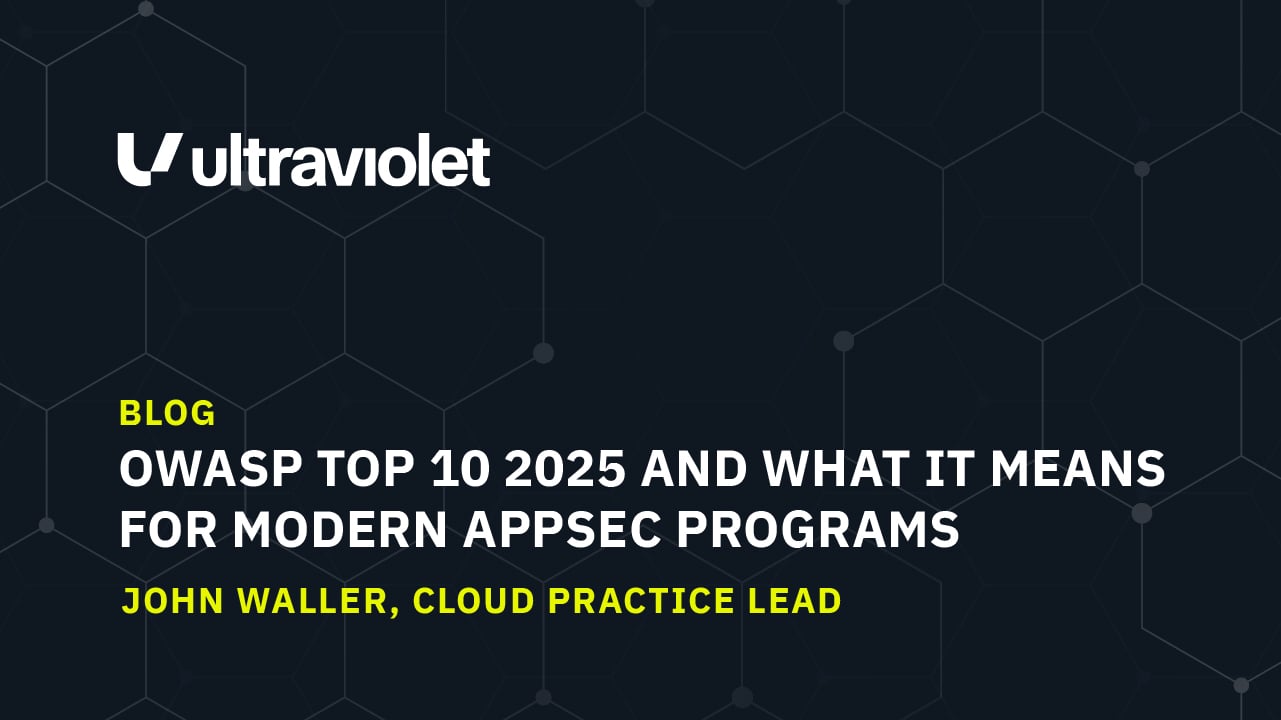
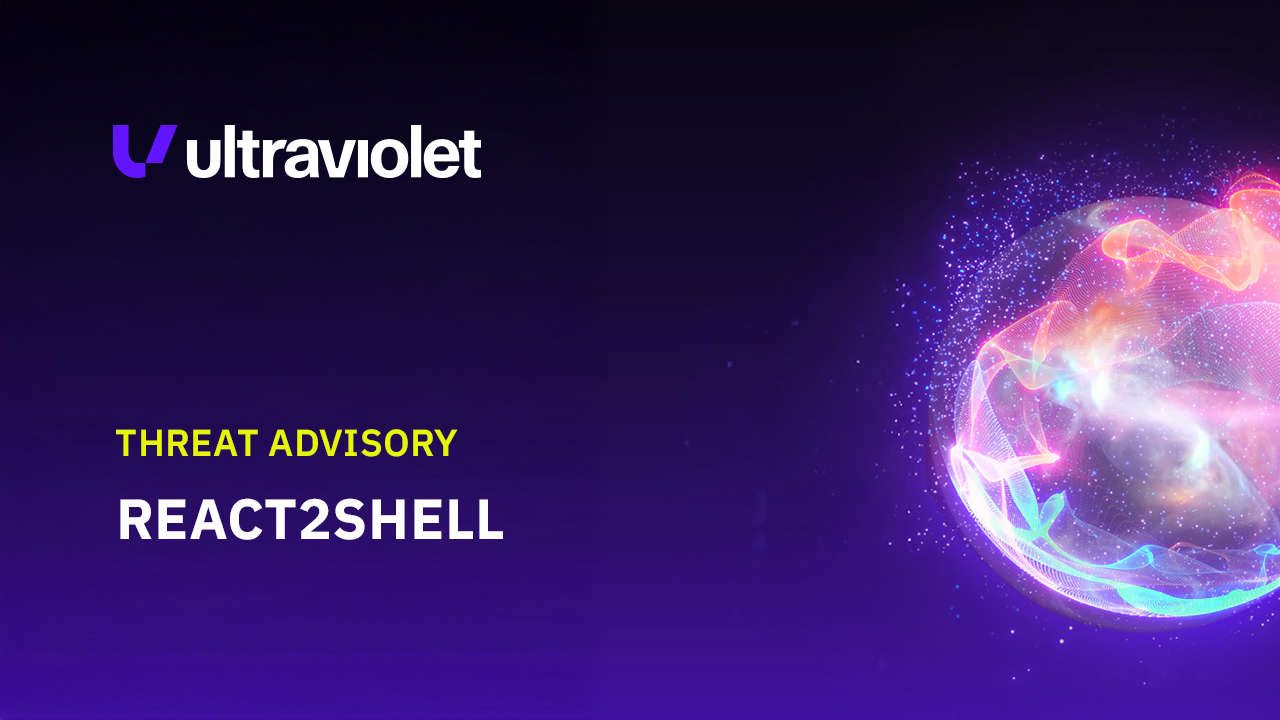 Threat Advisory: React2Shell
Threat Advisory: React2Shell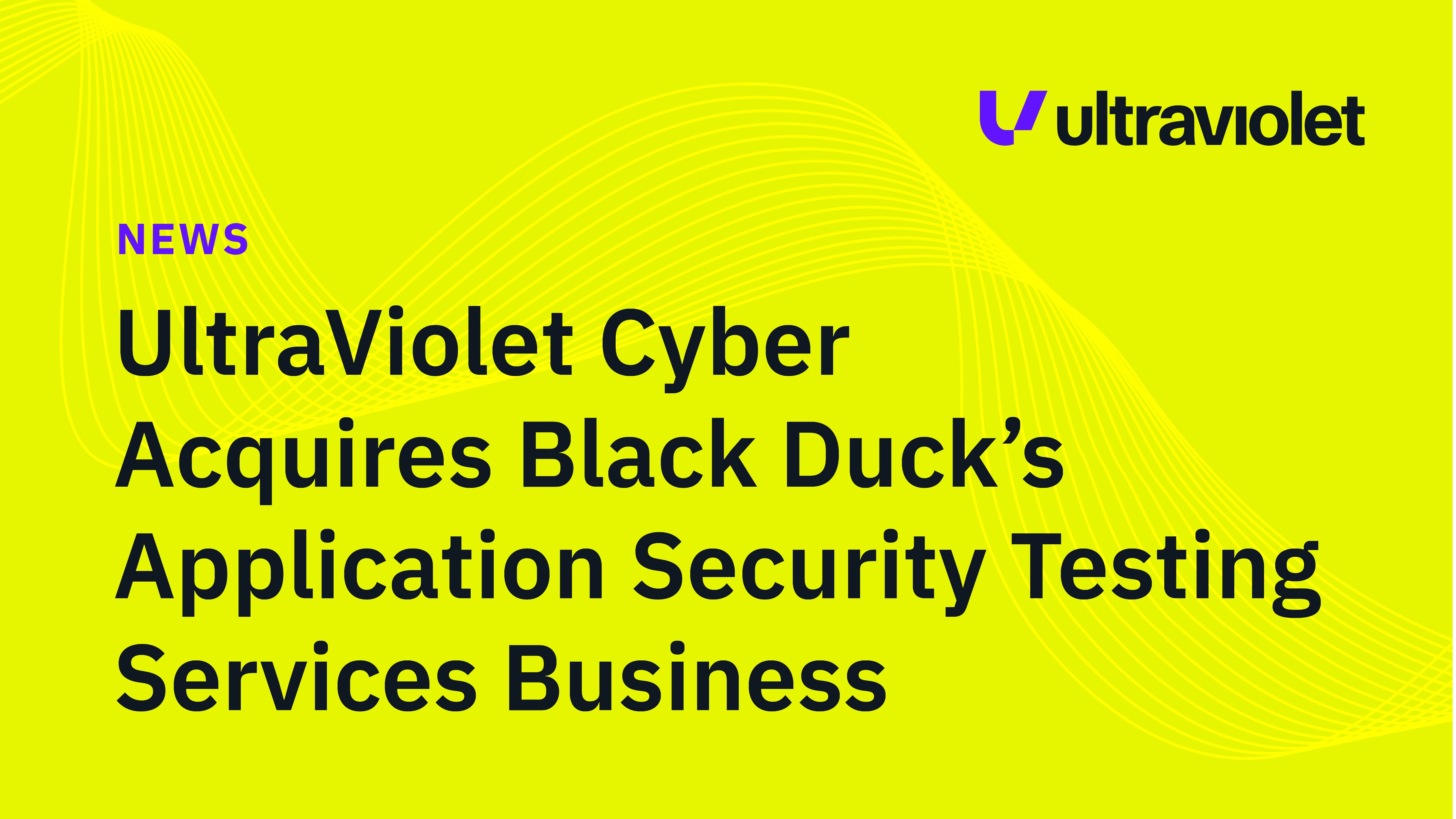 UltraViolet Cyber Acquires Black Duck’s Application Security Testing Services Business
UltraViolet Cyber Acquires Black Duck’s Application Security Testing Services Business UltraViolet Cyber Named to Inc. 5000 List of America’s Fastest-Growing Private Companies in 2025
UltraViolet Cyber Named to Inc. 5000 List of America’s Fastest-Growing Private Companies in 2025